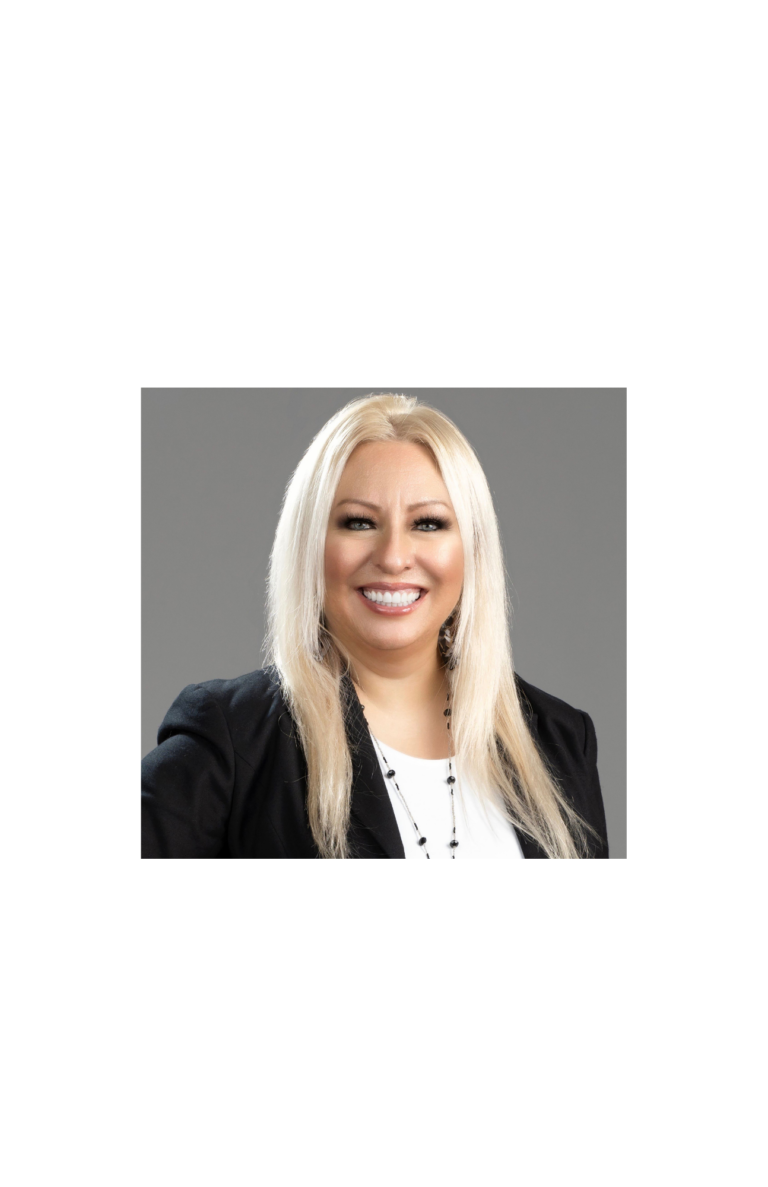At some point in their careers, most design professionals have either heard of claims on projects with which they’ve been involved or have been directly or indirectly involved with a claim. Disputes with the owner during a project are not uncommon. When those disputes may potentially result in a claim, architects are often well-served to provide notice to their professional liability insurance carrier. Not only do most professional liability policies require prompt notice of a potential claim, most carriers also offer significant pre-claims advice and services that can benefit the architect. What happens, however, after the project is complete and a claim from your client comes in? This article discusses best practices and risk-mitigation measures for architects who have received a claim or lawsuit from a party with whom they previously worked (a “Claimant”) — be it an owner, contractor, consultant, etc.
First – Stay Calm
Stay calm. Claims and lawsuits can be stressful anxiety-inducing events, particularly for smaller firms that may not have experience with litigation. While it is true that litigation is not fun, the experience is never improved by panicking. Remember that your firm does good work and you have professional liability insurance to cover this exact circumstance. So take a deep breath and try to remain as unemotional as you can throughout this process — a level head will help you make good legal and business decisions.
Second – Provide Notice of the Claim to Your Professional Liability Insurance Carrier
If you have in-house counsel, they likely are aware of the issue or should be made aware of the issue as soon as possible. If you do not have in-house counsel, you may want to engage outside counsel at this point, particularly if you have questions regarding how and whether to notify your insurance carrier of the claim. Your counsel can determine whether it is appropriate to make your liability carrier aware of the claim. In most cases, it is advisable to provide notice of the claim to your carrier as soon as possible, so as not to risk coverage issues and to permit your carrier to begin the process of analyzing the claim and providing your firm with pre-claims assistance and, if need be, a defense. If you do not know a lawyer who is competent in these matters, then it may be advisable to go directly to your insurer for advice. If you engage counsel before providing notice of the claim to your insurer, you will likely have to pay that lawyer directly and it may not be the same lawyer that the insurer later recommends.
There are some very rare instances, however, in which a design firm makes a business decision not to make a claim with its insurance carrier — usually because the firm has balanced the risk of the claim against the deductible payment and likely increase in premiums — and determined that avoiding a premium increase is advantageous. Understand that most carriers may still require the firm to disclose the claim during the following years’ underwriting process; the carrier simply will not be required by the policy to provide coverage for the individual claim not reported in accordance with the policy’s terms. Accordingly, this is a risky analysis and should be undertaken only with the utmost care and advice of counsel. That said, in most instances you should notify your insurance carrier promptly after receiving notice of the claim or lawsuit.
In most instances, a lawsuit or claim letter will include a required deadline to respond. Consequently, you need to make sure that your carrier and legal counsel are aware of any deadlines so as not to jeopardize your position.
Third – Engage Counsel
If you’ve provided notice of the claim to your insurance carrier, it should advise you as to whether your professional liability policy covers the claim. If your policy covers the claim, then your policy also likely provides you with a defense, which means your carrier pays for legal representation. In most cases, your insurance carrier will select the law firm to represent you, but you can request your carrier to consider specific counsel.
Once legal counsel has been engaged, you need to meet with them promptly to discuss the claim and provide them with any relevant documents and information. Because counsel will likely want to meet with any other employees from your firm who have knowledge of the claim, you will want to make them available to meet with counsel. You should be open and honest during this — and all — conversations with your counsel so that they can prepare and present the best defense on your firm’s behalf.
Fourth – Seek Legal Advice Regarding the Issuance of a “Litigation Hold” Memorandum
An often-overlooked aspect of the receipt of claim letters and litigation notices are notices known as “litigation hold” letters. A litigation hold letter is an internal memorandum that is distributed to all members of a design firm who may have documents or information related to a claim or lawsuit. The letter puts all individuals on notice of the claim, generally describes the claim, and instructs all recipients not to destroy any documents or information related to the claim and to suspend all regular document destruction/retention procedures. Therefore, you should discuss the issues surrounding a litigation hold letter with counsel promptly.
As a practical matter, the risks of failing to distribute a litigation hold letter can be substantial. For example, if the Claimant asks for documents months or years after filing the lawsuit and a document has been destroyed (for instance, during a regular document destruction/retention policy), then the Claimant can ask that an “adverse inference” be made related to that document, which means that the absence of the document will be held against you, and the judge or jury can assume the document was “bad” for you — without ever seeing it. On the other hand, if you issued a litigation hold letter to your employees, you will have an argument as to why the judge or jury should not be able to make an “adverse inference” — or, better yet, the document may not have been destroyed in the first place!
Fifth – Begin to Collect Documents and Information
At some point you will likely be required to provide documents and information to the Claimant; therefore, talk to your counsel early in the process regarding policies and procedures for collecting those items, including electronic documents, files, and other information. If you are in litigation, the deadlines for responding to a request for documents can be tight (usually between 20 and 30 days). Responding to a broad request for documents in a short period of time can bring a smaller firm to a halt, as it can mean spending time and money collecting hundreds of thousands of documents in just a few weeks. So getting a head start on the process can be a critical benefit.
You should also discuss with your counsel how to begin collecting information, usually in the form of interviews with employees. Involving your counsel in this process could help to preserve any attorney-client privilege that may be present.
Sixth – Ask Questions and Set Expectations
Your attorneys and insurance carrier are your allies; keep an open line of communication with them. For attorneys and insurance claims representatives, the claim and litigation process can seem elementary and predictable. But for an architect experiencing this process for the first time, it can be a jumbled mess of legal jargon and constant urgent deadlines. As a result, you should feel comfortable asking questions about things you don’t understand.
You should also feel comfortable setting expectations for your attorneys and allowing them to set expectations for you. For example, you may want to receive regular emails from your attorney updating the status of the litigation. If so, simply ask to be sent an email on a regular basis, even if there’s no new information to report. This can be a great way to keep communication lines open and keep you feeling that you’re “in the know.” And if you are at a larger design firm, it can also serve as a good way to prep for any regular meetings with senior executives.
Just as you need to set expectations for your attorneys, you should be open to receiving similar information from them as well. For example, you should have open, honest, and candid conversations with your legal counsel on a regular basis regarding the evolving risks of continued litigation. These conversations will aid in any potential settlement discussions and also allow your insurance carrier to set appropriate reserves. You also need to have an open mind when receiving your attorneys’ independent evaluation about the strength of your legal position.
Conclusion
The claims and litigation process can be stressful and intimidating. Hopefully, your claim or lawsuit is short-lived, and by using the information in this article, you can ease the burden on yourself and your firm during that time. Once the process concludes, evaluate what you’ve learned and how you can specifically tailor future risk-management tactics in light of the knowledge you’ve gained during this process. Then you can focus on what matters: providing high-quality and innovative design solutions for your clients!
Source: AIA







